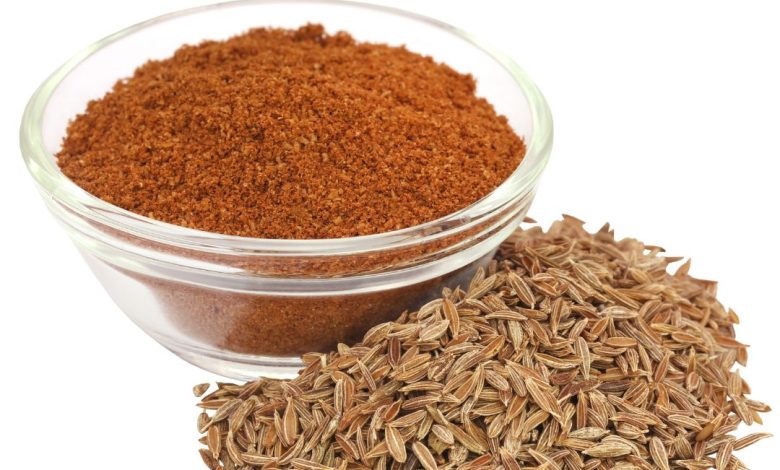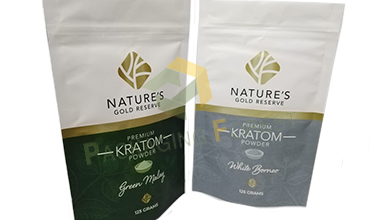Making Sense of Cumin: Ground, Seeds, and Their Uses

Discover the versatility of cumin in cooking, both in its ground and seed form. Explore the various culinary applications and learn how to incorporate this aromatic spice into your dishes.
Cumin is a spice that adds a distinctive flavor and aroma to a wide range of cuisines. Whether used in its ground form or as whole seeds, cumin offers a unique and versatile taste that can enhance the richness of your dishes. In this blog post, we will delve into the world of cumin, exploring its different forms and discussing creative ways to utilize it in your cooking. Join us on this flavorful journey as we unravel the wonders of cumin!
Introduction to Cumin
Cumin is a spice derived from the seeds of the Cuminum cyminum plant, which belongs to the parsley family. It is native to the eastern Mediterranean and has been used for centuries in various culinary traditions. Cumin seeds are small, elongated, and have a warm, earthy flavor with a hint of sweetness. This spice is commonly found in Indian, Mexican, Middle Eastern, and North African cuisines, where it plays a significant role in adding depth and complexity to dishes.
Ground Cumin: A Versatile Spice
Ground cumin is a staple in many spice cabinets, and its concentrated flavor makes it a popular choice for seasoning a wide array of dishes. Here are some ways you can use ground cumin in your culinary endeavors:
- Spice Blends: Ground cumin is a key component of spice blends such as curry powder, chili powder, and garam masala. It adds a distinct warm and earthy note to these blends, contributing to the overall flavor profile.
- Marinades and Rubs: Create flavorful marinades and rubs for meats, fish, or vegetables by incorporating ground cumin. Combine it with other spices, herbs, and ingredients like garlic, paprika, and lemon juice to infuse your dishes with a tantalizing aroma and taste.
- Soups and Stews: Add a pinch of ground cumin to soups, stews, and hearty dishes to enhance their depth of flavor. Cumin pairs well with ingredients like tomatoes, beans, and root vegetables, giving your recipes a comforting and aromatic touch.
Whole Cumin Seeds: A Burst of Flavor
Whole cumin seeds have a slightly different flavor profile compared to their ground counterpart. The seeds are often toasted or dry roasted to unlock their full potential. Here are some exciting ways to use whole cumin seeds in your culinary creations:
- Tempering: In Indian cuisine, tempering is a technique where whole spices are heated in oil or ghee to release their flavors. Toast whole cumin seeds in hot oil or ghee until fragrant, then use this infused oil as a base for curries, lentils, or rice dishes.
- Bread and Baked Goods: Add a sprinkle of whole cumin seeds on top of bread, rolls, or biscuits before baking to infuse them with a delightful aroma and a subtle crunch. The seeds can also be incorporated into savory pastries or flatbreads for added flavor.
- Pickling and Fermentation: Whole cumin seeds can be used in pickling liquids or fermentation processes, adding complexity and depth to preserved vegetables or condiments. The seeds impart a tangy and aromatic taste, enhancing the overall flavor profile of the preserved food.
FAQs about Cumin
Q: Can ground cumin be used as a substitute for whole cumin seeds?
A: While ground cumin and whole cumin seeds come from the same spice, they have different flavors and textures. Whole cumin seeds offer a more pronounced aroma and a slight crunch, whereas ground cumin is more concentrated. Consider the specific requirements of your recipe before making a substitution.
Q: How should cumin be stored to maintain its freshness?
A: To preserve the flavor and aroma of cumin, store it in an airtight container in a cool, dark place. Whole cumin seeds can retain their quality for up to two years, while ground cumin is best used within six months to one year.
Q: Can cumin be used in sweet dishes?
A: While cumin is commonly used in savory dishes, it can also be incorporated into certain sweet recipes. In some cuisines, cumin is added to desserts and baked goods to provide a subtle and unexpected flavor element.
Conclusion
Cumin, with its rich aroma and distinct flavor, is a spice that can elevate your culinary creations to new heights. Whether you opt for ground cumin or whole cumin seeds, both forms offer unique characteristics that can enhance the taste of your dishes. Experiment with different recipes and techniques to discover the magic of cumin in your cooking.
Remember to source high-quality cumin and store it properly to maintain its freshness. With cumin in your pantry, you can embark on a flavorful journey through various cuisines, adding a touch of warmth and complexity to your favorite recipes. Embrace the versatility of cumin and let it tantalize your taste buds with its aromatic charm!





